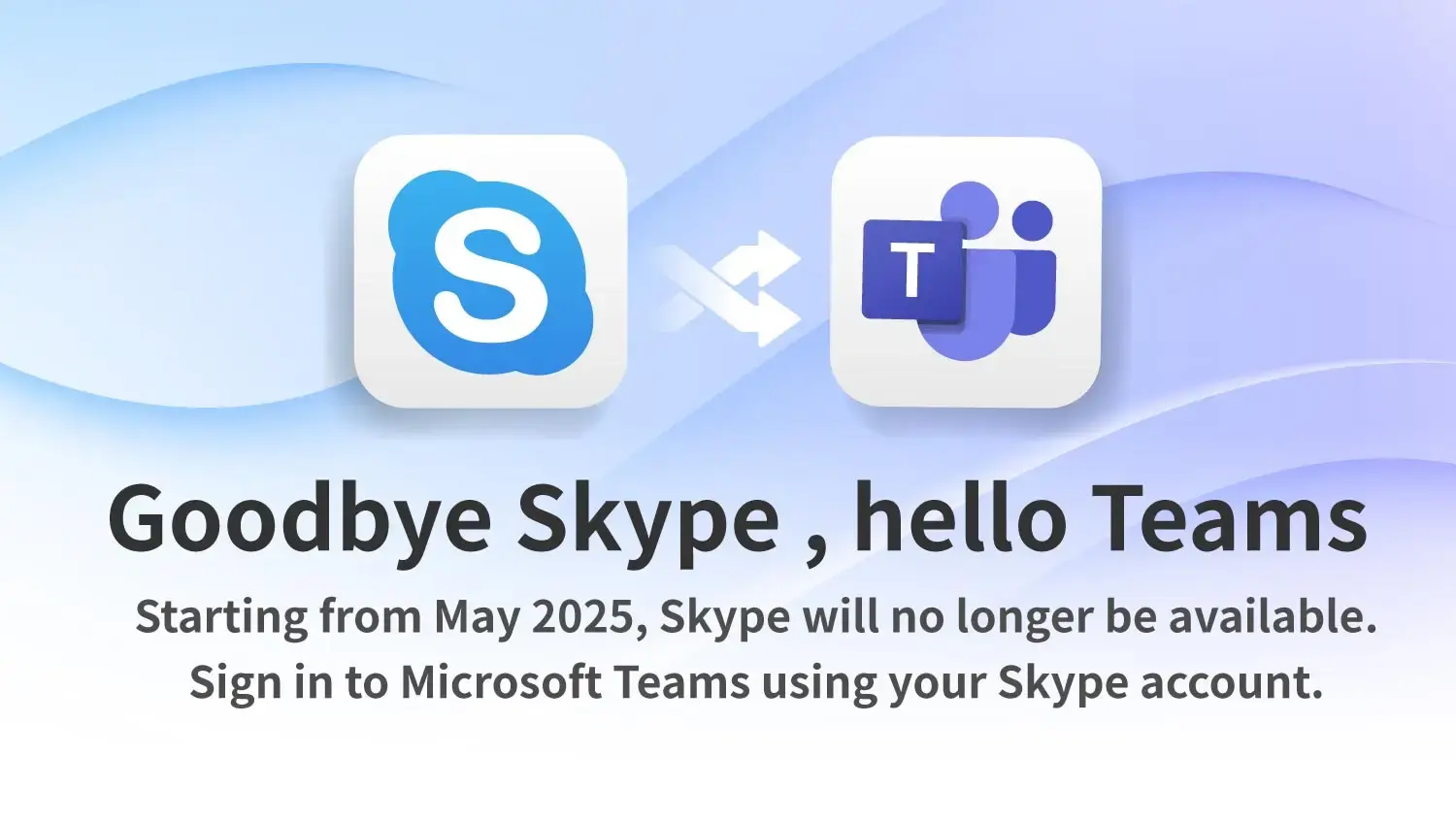肺炎蔓延,企業可以如何應對?新型冠狀病毒(武漢肺炎)肆虐全球,尤其亞洲地區疫情首當其衝,在經濟和生活上都受到極大影響。為了防堵疫情加速擴散,亞洲各大企業都掀起一股「遠端工作」潮流,希望能降低職場群聚感染的機率,進而保護員工的健康安全。
 Businesses are asking employees to work from home to help prevent the virus spread
Businesses are asking employees to work from home to help prevent the virus spread
Coronavirus (COVID-19) has spread around the globe. Asia caught the first wave of the pandemic and is suffering major human and economic damages. To stop the spread of this virus, major Asian corporations have jointly adopted telework, hoping to slow down the virus spread and protect the health of their employees.
Japan and Korea promoted telework to stop Coronavirus contagion
When the virus spread outside of China, Japan and Korea began to suffer. Major corporations like Sony, Fujitsu, Samsung, and SK group fully rolled out and promoted work from home for their employees. They boosted the company’s internet bandwidth and cloud services to provide unencumbered access.
For employees that are required to go on site, Sony and Takeda pharmaceutical provided them with flex hours. For example, office hours were moved from 9:30 am to 3:30 pm to avoid traveling during peak commute times. The Japanese government also embraced the same arrangement with Prime minister Shinzo Abe agreeing, “Teleworking is an effective solution.”
Cloud communications make working from home more productive
Seventeen years ago when the SARS epidemic hit we did not have the technology we have today. Today’s tools allow businesses to continue as employees isolate and telework to slow the virus spread. Employees use cloud communications services to stay in touch with colleagues, suppliers and customers. The two key cloud technologies that can be used to keep business running without disruption are VoIP (voice over internet) and video conferencing.
Video conferencing
Zoom, GotoMeeting, and Cisco Webex are the most widely used business conference services. In addition to HD video and multi-party conferencing, they also support collaboration with virtual white boards and screen and document sharing. They can be used on PCs and mobile devices. Because these services are cloud based, they have no geographical restrictions and can be used any time you want.

Cloud PBX
In simple terms, a Cloud PBX moves your PBX to the cloud. In addition to all of the legacy hardware PBX functions, it provides mobile extensions, multi-location management, cost savings, digital fax and more. EVOX Cloud PBX has all of the advantages of a SaaS (software as a service). You can begin using it once you sign on. EVOX extension apps can be installed on different mobile devices and PCs, and it works with IP desk phones too.
With EVOX, the entire company team can work from home (or anywhere remote) without any disruption to company business. Sales and support staff can continue to accept calls to your company or make calls as if they are in the office (because the other party will see the company phone number for Caller ID). The EVOX admin can remotely manage the system, check call records, set up the Auto-attendant, and add or remove users by using a web browser.

Learn more about EVOX Cloud PBX »
Uses EVOX to implement telework »
Prepare your company for the future and the unexpected
Teleworking is not just a solution for the Wuhan virus pandemic. It prepares companies to respond quickly to the unexpected, including changes in the economy. With skyrocketing real estate prices, companies can downsize or eliminate their space requirements. And telework allows businesses to reach beyond their local areas for the right talent, which is the key to success in this competitive employee market.
As Taiwan turns its focus to the south, in the midst of the ongoing trade war between USA and mainland China, Taiwan businesses are not diversifying their operations across the globe to mitigate risk. Cloud communications is the best way to keep these widespread teams in close contact with each other and has become a new focus for IT planning for the future.







